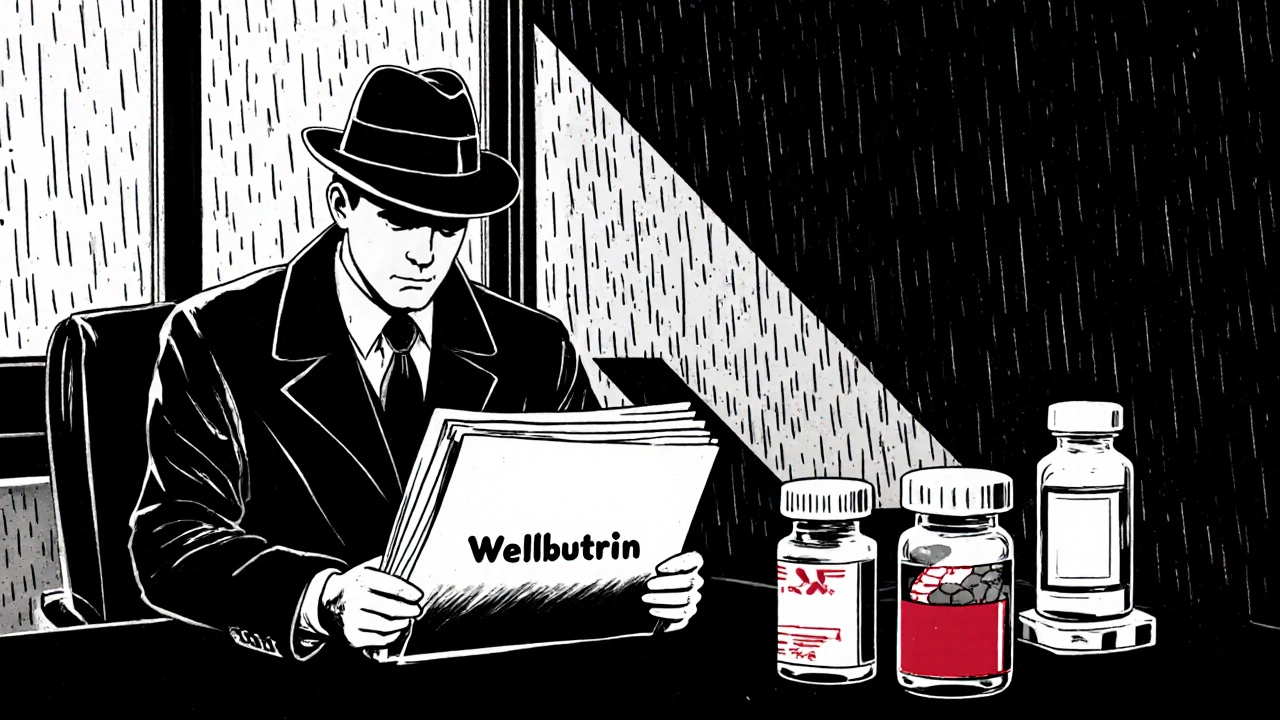Antidepressant Side Effects – What You Need to Know
When dealing with antidepressant side effects, the unwanted physical or mental reactions that can appear while taking mood‑lifting medications, you’re not alone. Almost everyone on a prescription antidepressant notices at least one change – whether it’s a dry mouth, a jittery feeling, or a shift in sleep patterns. These reactions aren’t random; they stem from how the drug alters brain chemistry, how your body processes the compound, and even the other meds you might be taking. Spotting them early gives you and your doctor a chance to adjust the dose, switch to a different class, or add a simple remedy to keep you comfortable. In short, knowing the landscape of side effects makes the treatment journey smoother and less scary.
Antidepressants come in several families, each with its own side‑effect profile. Antidepressants, drugs that boost serotonin, norepinephrine, or dopamine to lift mood include SSRIs, SNRIs, tricyclics, and atypical agents. SSRIs like sertraline often cause nausea or sexual changes, while SNRIs such as venlafaxine may lead to higher blood pressure. Your body's ability to adapt, known as medication tolerance, the gradual reduction in drug‑induced reactions as the body gets used to the substance, plays a huge role in whether a side effect fades or sticks around. Some people notice that the initial headache or dizziness wanes after a couple of weeks – that’s tolerance at work. Others find certain effects, like weight gain or emotional numbness, persist because the drug’s mechanism continuously influences the same pathways. Drug interactions add another layer: taking a cold medicine that blocks liver enzymes can raise antidepressant levels, intensifying side effects. Dosage matters too; a low start‑dose often limits early reactions, while a rapid increase can overwhelm your system, sparking intense symptoms. Lifestyle factors – caffeine intake, sleep quality, and stress levels – also tweak how you experience side effects. Understanding these connections lets you anticipate which reactions are likely temporary and which may need a medical tweak.
What to Expect from Our Antidepressant Side Effects Collection
The articles below unpack the nuances hinted at above. You’ll find a deep dive into why some side effects fade over time (medication tolerance in action), practical heat‑safety tips for those on diuretics or anticholinergics (because dehydration can worsen certain reactions), and a look at how hormonal shifts can flare up symptoms. We also cover buying cheap generic antidepressants safely, how specific drugs like Lurasidone fit into the broader side‑effect picture, and ways complementary therapies can help manage lingering issues. Each post links back to the core idea that antidepressant side effects encompass withdrawal symptoms, require ongoing monitoring, and are influenced by personal health factors. By the end of the list, you’ll have a toolbox of strategies to recognize, discuss, and mitigate the unwanted effects of your mood‑boosting meds. Ready to explore? The next section gives you the full set of articles, organized for quick reference.



